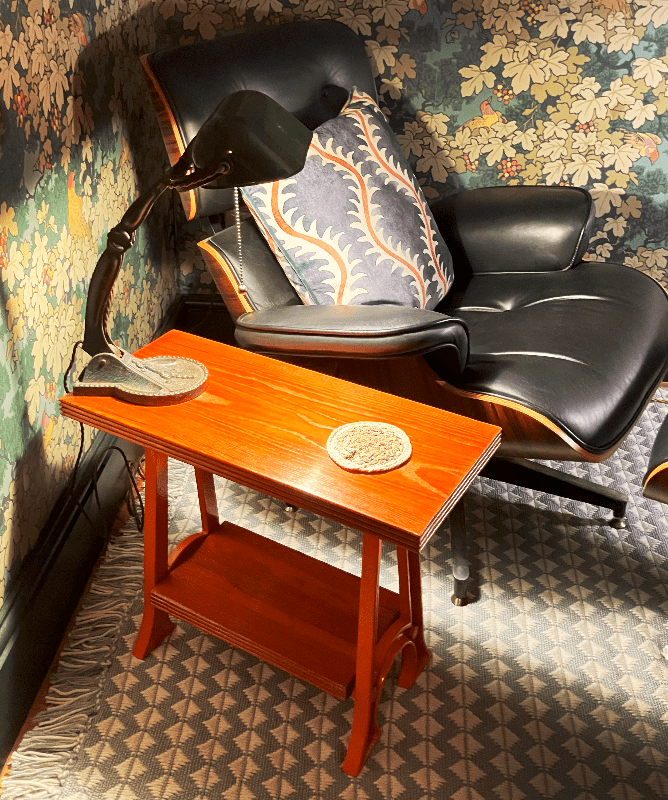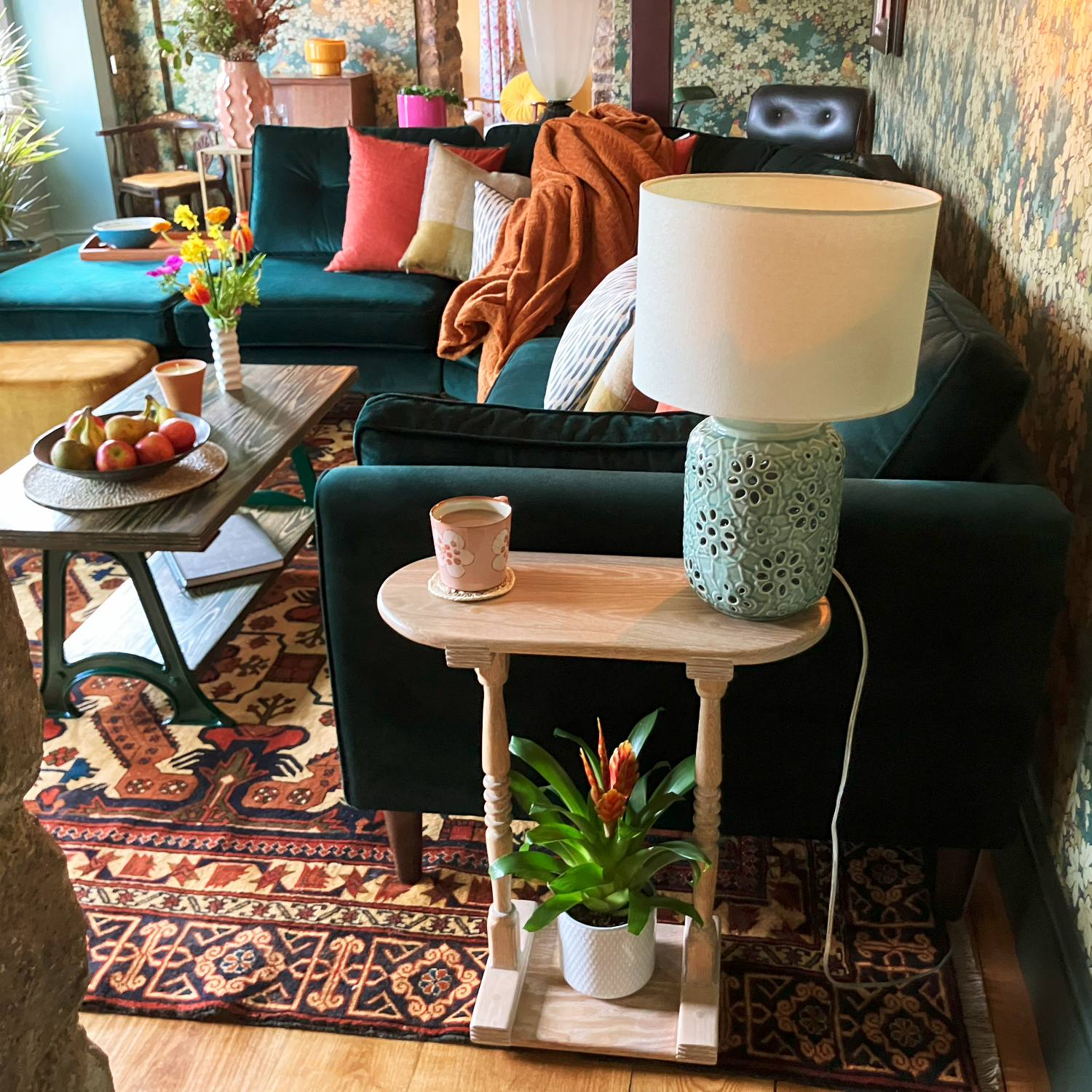
A Measuring Guide
Room Regret
It's one of the most common mistakes in furnishing a home: falling in love with a piece, buying it, and only then realising...it doesn't fit.
Sometimes it's too big for the room. Sometimes it can't even get through the front door or it overwhelms the space, throwing everything else off balance.
Here's how to make sure your next piece fits perfectly.
Will this furniture fit my space?
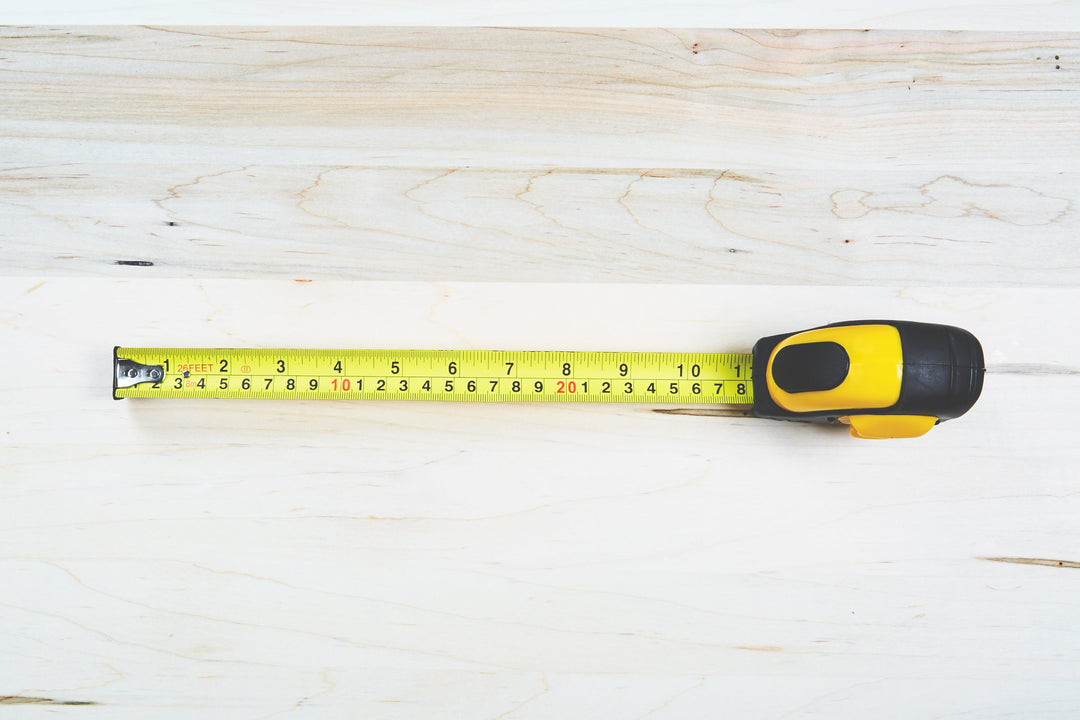
SIMPLE MEASURES
Don’t trust your memory or guesswork - your table or sofa won’t magically shrink!
Knowing your space keeps surprises, and regrets, firmly at bay.
1. KNOW THE MEASUREMENTS OF THE PIECE - Length, width, height and depth for seating. Most companies have detailed measurements for you to work with.
2. MEASURE THE PATH: Doorways, Stairwells, hallways and ceiling heights. Don't forget to include radiators or skirting boards- these can sometimes make the difference between whether furniture will fit or not.
3. MAP THE FOOTPRINT: Plan out where it's going to go and visualise what it would look like. Use masking tape or cardboard to mark the piece's outline on the floor.
4. CHECK THE FLOW: Ensure at least 60 cm clearance for walkways. You might be able to get it through the door but you want to be able to also walk past it without brushing against it or worse knocking it everytime you walk through!

TApe, plans and apps
SEE IT FIRST
Visualising and planning will help you avoid surprises and keep the room feeling balanced.
- Old-school masking tape: One of the quickest, cheapest, most reliable ways to test a layout
- Scaled floor plans: Draw your room to scale and move paper cutouts of furniture around.
- Furniture apps: Ikea Place, Houzz or RoomSketcher let you "drop" furniture into your space virtually.
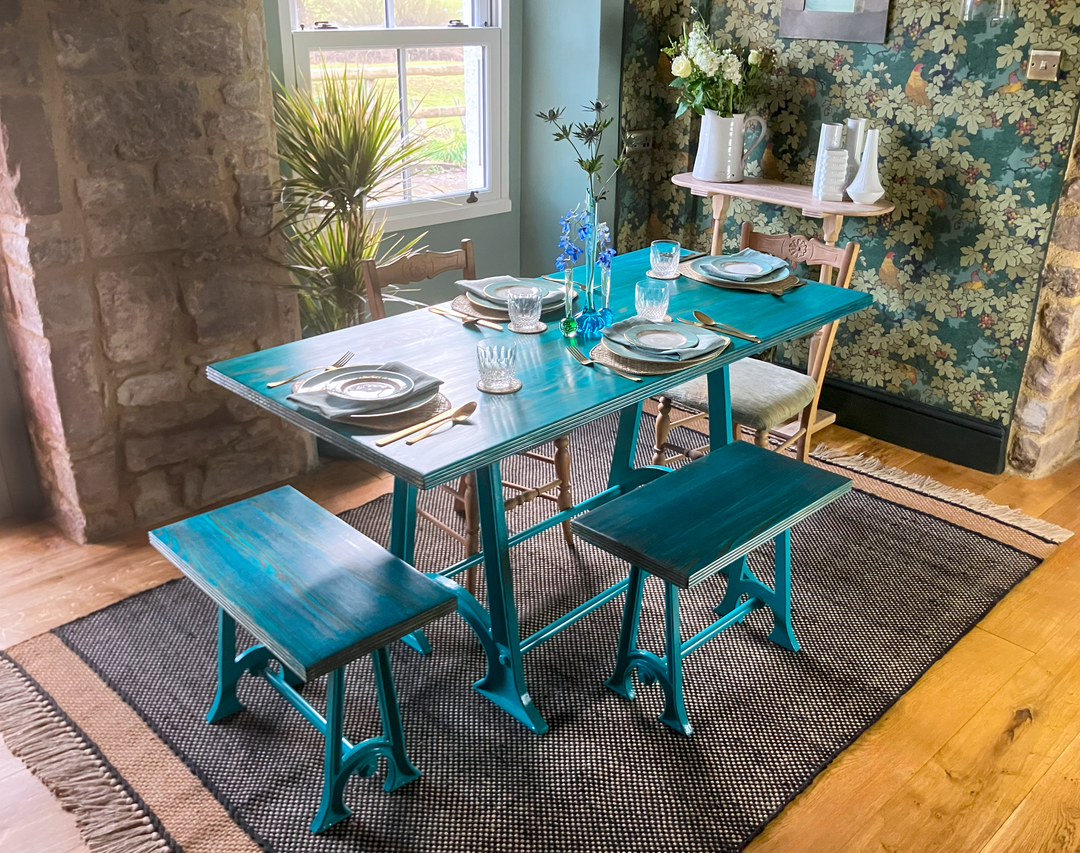
THE SWEET SPOT
When people ask "Will this furniture fit my space?", they often mean "Will the dimensions work?" But size is just one part of the story! There is also scale, how the piece relates proportionally to the room and other furniture and visual weight, the way it feels in a space.
- Too small: A coffee table that looks lost in the middle of a living room rug
- Too big: A sofa that eats up half the living room.
- Just right: A piece that complements the room's proportions, leave enough breathing space, and flows with movement.
COMMON FAILS & HOW TO AVOID THEM

THE STAIR OR DOOR DISASTER
Door widths, stair turns, lift capacities, these matter as much as floor space.
Measure all entry points and plan the route before buying.
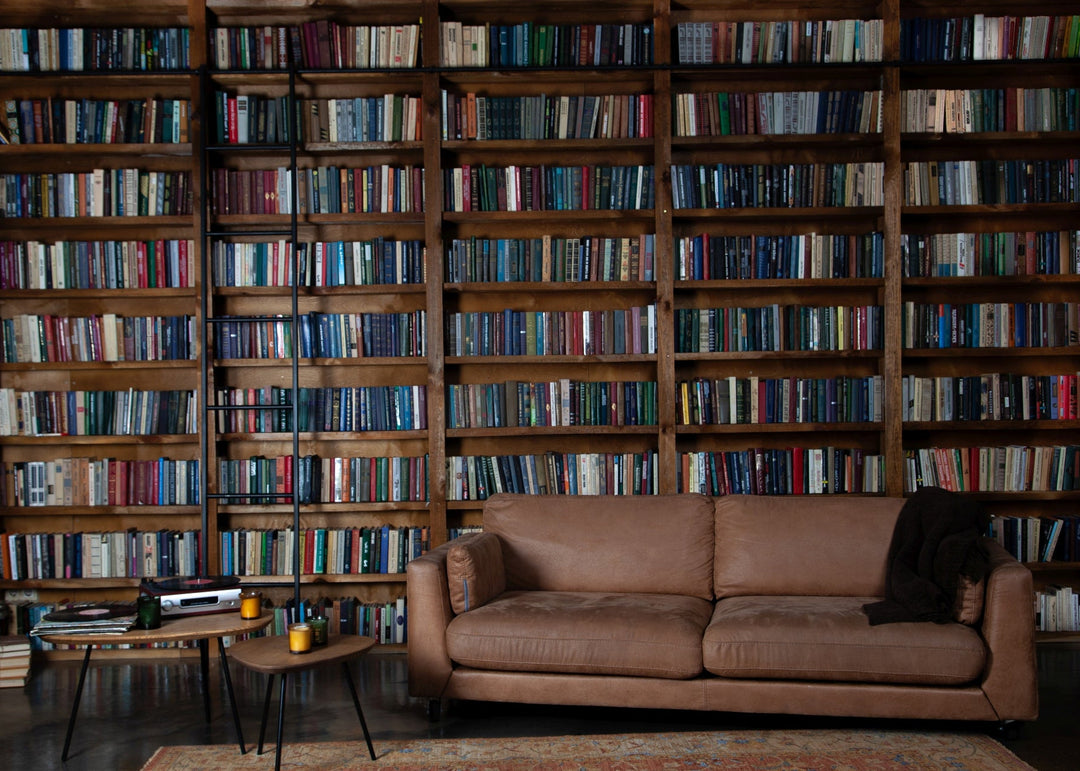
THE VISUAL BULLY
A bulky design in a small room can feel suffocating
Consider the room’s scale and visual weight, not just the numbers.
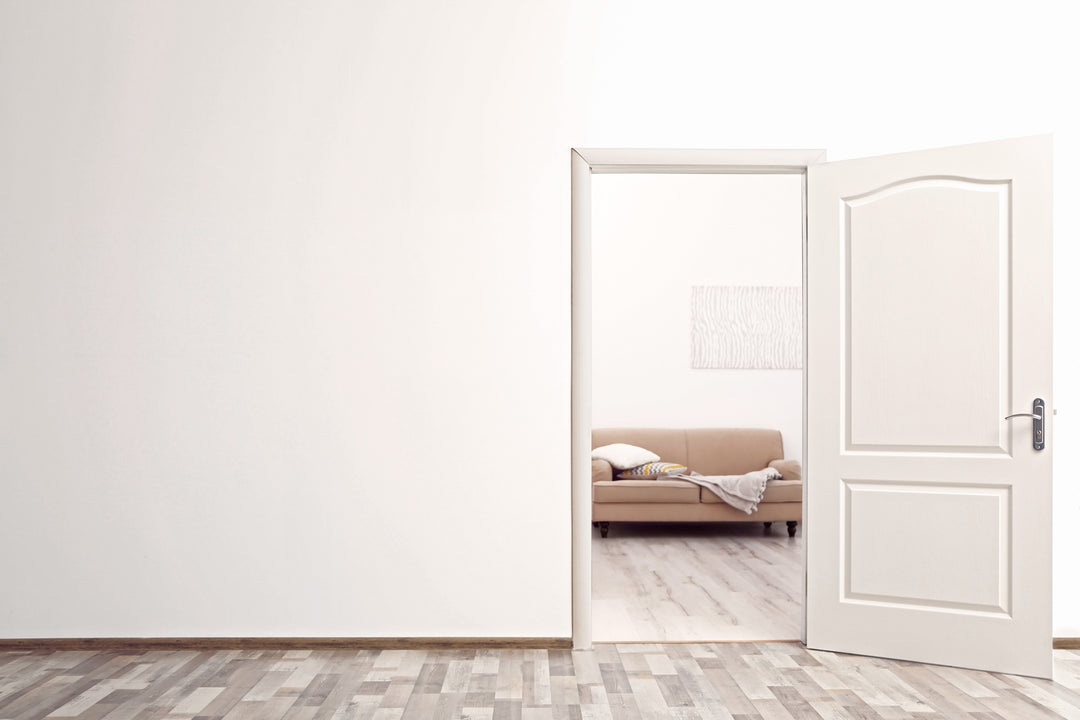
THE FLOATING ISLAND
A too-small piece might leave awkward empty spaces and make a room feel unfinished.
Use mock-ups or tape outlines to see if the piece fills the space naturally.
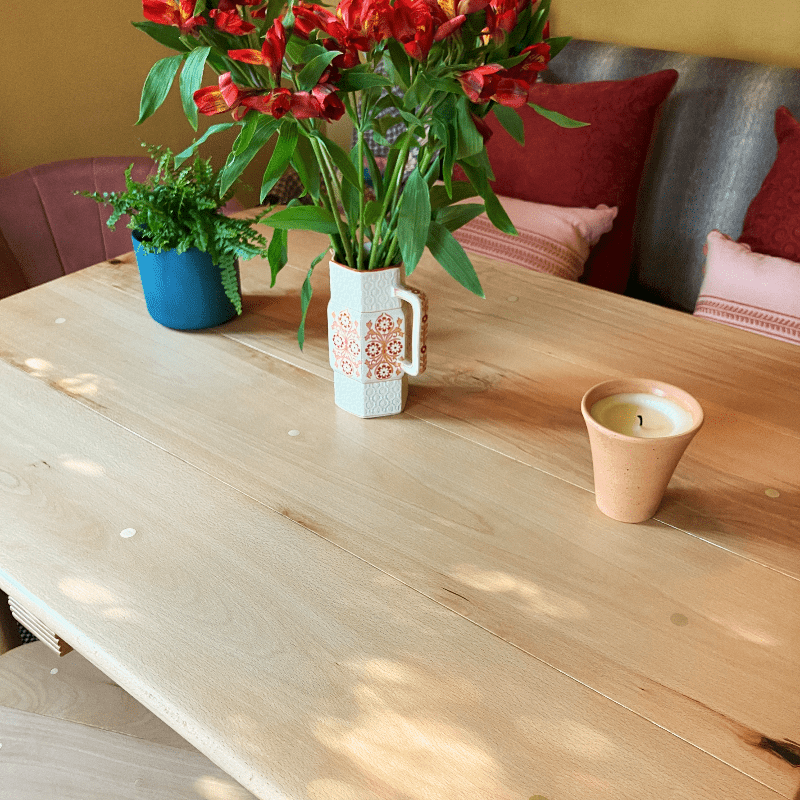
not a perfect fit
If a piece doesn’t fit, don’t panic and keep the packaging intact. Most of the time, a misfit happens because measurements weren’t checked properly in the first place.
Companies have different returns and cancellation policies, so always check before you buy. Take your time to measure, plan the layout, and follow the rules it makes any exchange or return far less stressful.
Perfectly placed
"Will this furniture fit my space?" isn't just a measurement question.
It's also about harmony, between piece and place, function and flow.
Take the time to measure, mock up and visualise. Your future self, the furniture company (and your doorway) will thank you.



